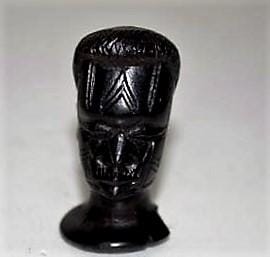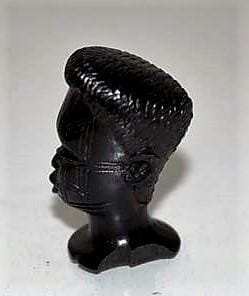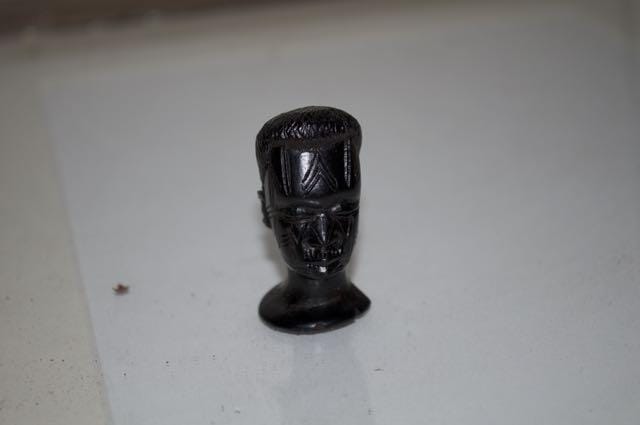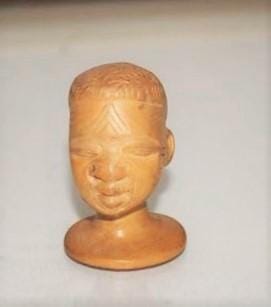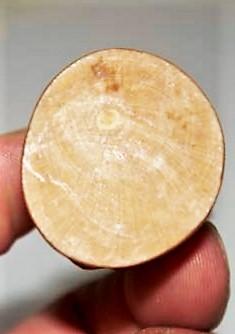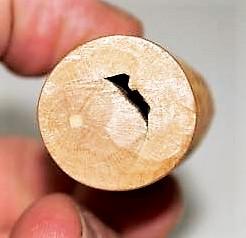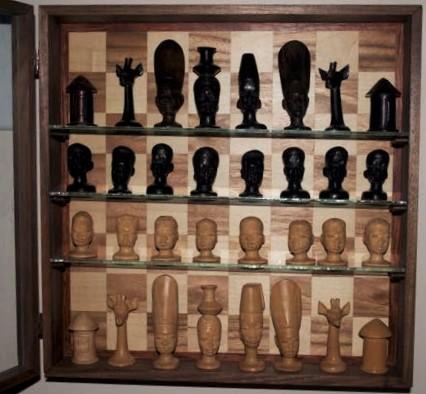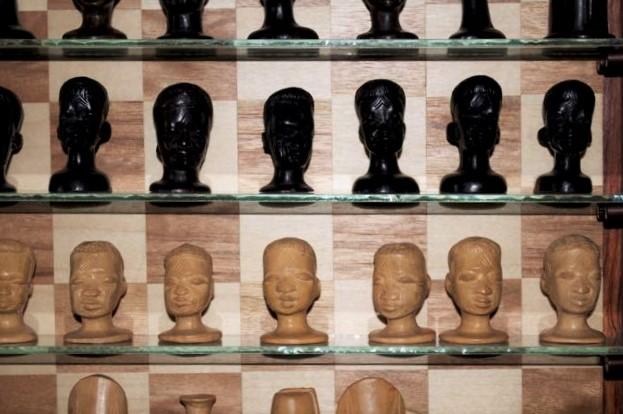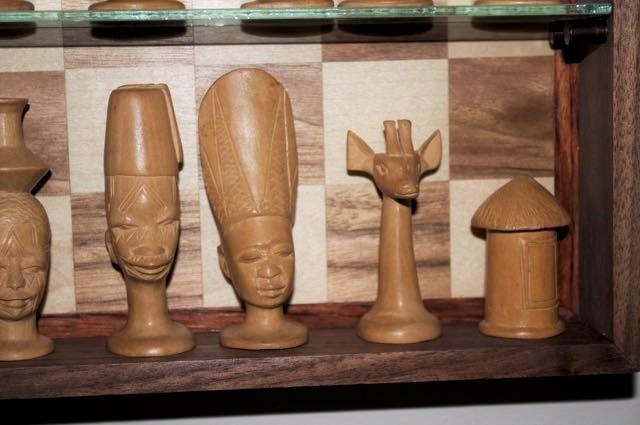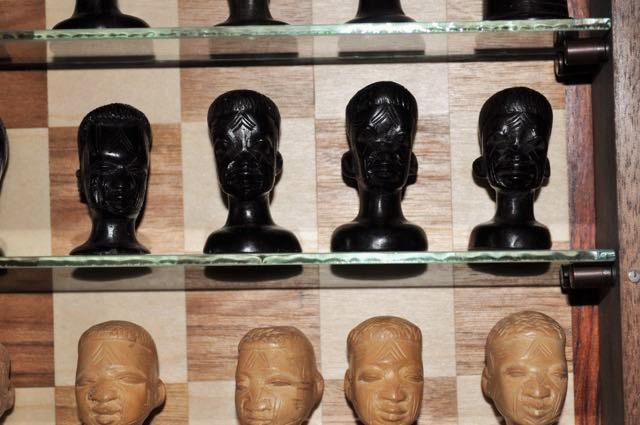
cdolcourt
Members-
Posts
45 -
Joined
-
Last visited
Profile Information
-
Gender
Male
-
Location
Salt Lake City, Utah
-
Woodworking Interests
small projects, boxes, tables, hybrid approaches, jigs, tips, techniques, though all is evolving. I'm interested in learning all I can.
Recent Profile Visitors
1,063 profile views
cdolcourt's Achievements

Apprentice Poster (1/3)
11
Reputation
-
Randy, thanks for pointing that out. I've been using the indicator as a guide and verifying with a ruler or digital caliper. But a great point. If I get a chance I will measure all dimensions of the original and the potential replacement cutters. SJM, also good to know! I've feared the parts would become unavailable.
-
I have the same planer. I think Woodriver's version from Woodcraft is the same and the inserts are available from them. I'm not positive it's an exact match but they are very close.
-
My attempt resulted in the attached. The was parallel sides should be perpendicular to the fence. The fence is hollow to allow chips to suck through. Idea being the key word. It works, but the fence takes up a lot of room and could (will) be redone to be more compact. But I do like the drawers on the sides and space for forstner bits in the center. I find the storage useful. Sent from my SM-G900T using Tapatalk
-
That sounds right. Thanks. I forgot I added brass bushings on the inside face so the plywood wouldn't wear out. Sent from my SM-G900T using Tapatalk
-
I built a flip top stand for my planer and ridgid sander. It's two pieces of 3/4 in plywood with a half in steel rod down the middle. The rotation is stopped using two slide-type bathroom door locks (I'm sure there's a better name). The problem I ran into was the rod was too short, so the walls bowed and the platform would fall. The solution was to add a fender washer and then lock it in place by jb welding a copper plumbing coupler and a cotter pin. So far it's holding. And yes, I added a drawer at the bottom (though not a good one. First time making a drawer.)
-
Wdwrker, and why he's the cats' pajamas
cdolcourt replied to wouldwurker's topic in General Woodworking Talk
Tao of Steve? Sent from my SM-G900T using Tapatalk -
Any takers for Malcolm in the Middle as a great sitcom? Not the best, but hate to leave it out.
-
Thank you both. Every time I learn something new. And then forget something else (or the same thing.)
-
Yeah, it may be generic "here's what's outside" wood. It'd be nice to know some day, but certainly doesn't diminish the work.
-
Hi All, As I just posted in the project showcase, I have some chess pieces that were handcarved in Africa. That project is located at http://www.woodtalkonline.com/topic/20540-chessboard-shadowbox/ I'd love some help identifying the woods used. As best I can guess, the black pieces are ebony, as they are very dense (though one of the bishops is a different, much lighter species). The white pieces...I have no idea. Here are some photos. I can certainly take others. Thanks for any advice you can provide.
-
Hello all, Been a while since I've posted anything, whether it's a question, response, or project. Just wanted to share a project I finished last week. 20+ years ago I was given a set of chess pieces and they've sat in a plastic container ever since. I have no idea who gave them to me. They are handcarved (with better photos, you can see the carving details) somewhere in Africa. I have no idea what the woods are, though I will post photos in the "Wood" section in case y'all have any ideas. The black pieces are quite dense, and rthe prevailing wisdom from everyone I've asked, including several people at Woodcraft and other places, is ebony. The white pieces...no clue. My boss and his wife spent considerable time throughout Africa over the years, and at first thought Nigeria or Ghana, but have since decided they have no idea the specific country or region. I took shop class at the local high school, adult education, and initially thought about making a plain chessboard. Because of the fragile and irreplaceable nature, instead of a playable board I decided a shadowbox would be better, something that would display the pieces, protect them, and keep the chessboard theme. The board is walnut and maple, bubinga border, walnut sides. I am a bit concerned about the soild board and wood expansion after I read a thread earlier this week. My hope is that being in Utah, with pretty low relative humidity, that nothing bad will happen. The board is 12 x 12, hung with a french cleat. The glass front is held to the box with embedded rare earth magnets, just to keep it closed. There are definitely errors and I really need to work on miters. Thanks for looking. Cameron
-
For me, I have embraced the hybrid approach for a couple reasons: 1) I can get from rough parts to pretty close much faster through power. But it's not perfect. So I try and remember to leave a little room to finesse. 2) I live in a condo complex and share a common wall with a neighbor. He's never complained, and I want to keep it that way. So the more I can do by hand, the later I can work without worrying about causing issues. 3) I like the quiet approach as I spend the week talking and interacting with people. Hand tools give that "solace" feeling.ss 4) This reason is far more personal, but I have a physical disability involving endurance as well as a few others. For a long time I'd let these things limit me. But woodworking has been an amazing hobby to me, something I do that few others do with the same care. I don't necessarily have the "craftsman" skill but I think I have the mentality, and the combination of power and hand tools get me close and then get as close as my skill lets me do. Were I strictly hand tools, jointing/ripping, chopping joints, etc, I'd have given up long ago. But if I were strictly power-based, I wouldn't feel the same connection as when I do the best I can to get things to fit and be as close as I want them to be. 5) Related to #4, I love the feel of hand tools. I feel like I'm part of the grand tradition and using a hand plane, chisel, or spokeshave just gives me a high knowing I am doing something that so many (ye so few) have done before, and my height (4'8) and disability aren't limiting. 6) well I am a nerd and like sharpening and maintaining things. So in sum, as Pug and others have said, power for the bulk. Hand tools for finesse.
-
What about a hand saw, cut to the depth then set the piece on edge and come in from the side using the to remove a chunk? Or, same concept, but just chisel from the edge about the glue line and pry up? Or, same concept and a flush trim saw? In all these cases, my thought is the "good" piece would act as the fence for the cutter. Or would these ways cause further problems? I can see myself needing to do something similar some time so if these ideas won't work I'll be curious before I have to attempt it on some future project.
-
I'm pretty interested in this sander, but I have a question or two: First, do the accessories clip in or do they just set in? I am thinking I want to build a fliptop stand and put my Steel City lunchbox planer, which is basically the Ridgid planer but with helical head (though not the angled kinves), on one side and the sander on the other side. Would the accessories fall out? Are there other considerations that would prevent it from working? Second, I am wondering about the usefulness of this type of sander vs say, the Rikon belt and disc sander. I did some searching the other day and found an older thread from 2013 on this topic and wondered if anyone had changed their thoughts or if the past still holds. I mainly do smaller projects such a box to store a card game or gift box for a bottle of scotch, but have been doing some larger things such as benches, etc. Thanks for any advice in advance.
-
I just wanted an opportunity to show off a project but your point is well taken. Function dictates form and my function is different.


